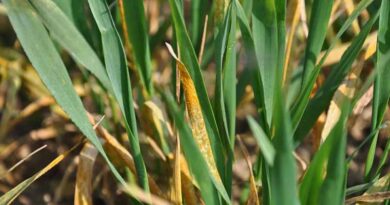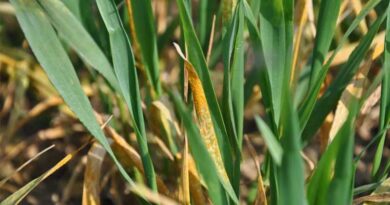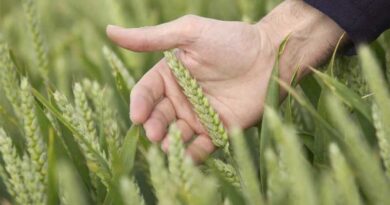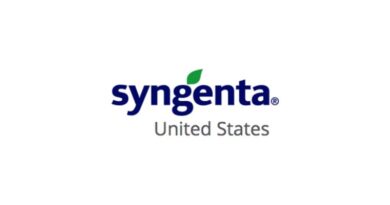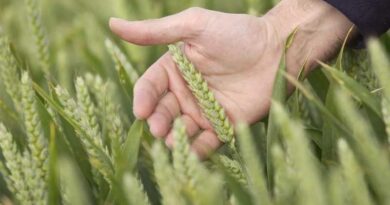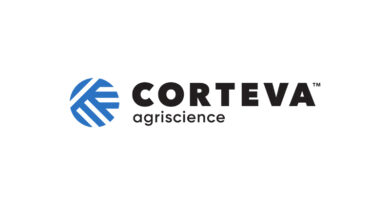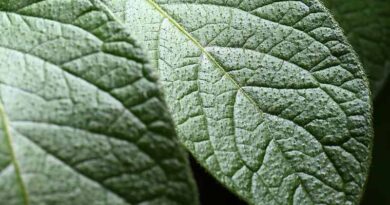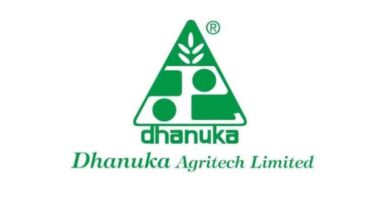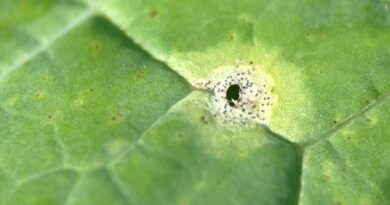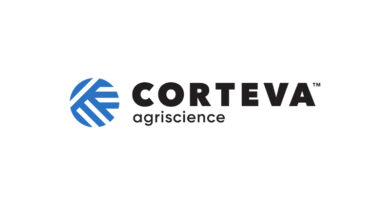Finding the right T2 fungicide in 2024
02 May 2024, Ireland: T2 winter wheat disease control in 2024

After the difficult start to the season, the mixed picture of winter wheat crops continues, with some very good-looking fields but also crops with lower potential. However, many have one thing in common after the rain: plenty of Septoria tritici.
As well as protecting the flag leaf, some of the T2 fungicide spray also reaches leaf two below, which may contain latent infection. Combined together, these two leaves contribute about 65% of winter wheat yield. If Septoria threatens, it’s important to use the best T2 Septoria fungicide available.
New for this season, MIRAVIS® Plus, containing the breakthrough SDHI fungicide pydiflumetofen (ADEPIDYN® technology), has now been approved.
Available in a handy co-pack with prothioconazole (Era®), in trials it has demonstrated SUPERPOWER performance against key diseases in wheat and barley and long-lasting STAMINA for greater CERTAINTY.

Key advantages of MIRAVIS® Plus include:
- ADEPIDYN® technology found to be x100 more potent against Septoria than first and second generation SDHIs tested*
- Visibly improved green leaf retention compared with other leading fungicides tested – even in high pressure Septoria tritici situations
- Average of an extra 0.5 t/ha over fluxapyroxad/mefentrifluconazole in 244 comparisons, and 0.3 t/ha over fenpicoxamid/prothioconazole in 156 comparisons at like-for-like doses in wheat trials (2020 to 2023)
* Petri dish assay. EU/UK real world field sampling
Check out what the AHDB had to say about MIRAVIS® Plus here.
And see the results on MIRAVIS® Plus in wheat in the latest AHDB fungicide performance testing here.
As an added advantage, a T2 application of MIRAVIS® Plus + Era® has given substantial reductions in Fusarium head blight and DON mycotoxin. While not a reason to skimp on a Fusarium-active triazole at T3, we believe its T2 use brings greater certainty that the T3 fungicide will help keep the crop below the DON threshold.
Find out more about MIRAVIS® Plus from Syngenta here.
Wheat yield gains from MIRAVIS®

Rust control at T2 in wheat and what if the weather turns dry?
If the weather turns dry for T2 and rust risks increase instead of Septoria, MIRAVIS® Plus + Era® has still given the reassurance of strong yield protection in these situations.
Indeed, across six rust trials it delivered an average of an extra 0.2 t/ha over fenpicoxamid/prothioconazole and fluxapyroxad/mefentrifluconazole. In practice, if brown rust is a concern, add a tank mix partner such as AMISTAR® or, in a highly curative brown rust situation, add tebuconazole, both at a suitable dose.
If yellow rust is a major concern, then ELATUS® Era remains the SDHI of choice, even at T2, if it hasn’t been applied so far this season. Again, if brown rust is a concern, add a tank mix partner such as AMISTAR® or, in a highly curative situation, add tebuconazole, both at a suitable dose.
See the performance of ELATUS® Plus, the straight SDHI version of ELATUS® Era for disease reduction and yield in yellow rust situations in AHDB work here.
Finally, both ELATUS® Era and MIRAVIS® Plus have also been shown to contribute to water use efficiency under drought stress – useful to know if conditions are dry.
T2 disease control in winter barley

As expected, the wet weather diseases of Rhynchosporium and net blotch are present in winter barley crops.
At this stage Ramularia risk is unknown, as it’s a disease that expresses itself when the crop comes under stress. That said, a lot of winter barley crops are under stress, so preventative action could be advisable.
Fortunately, it’s not just in wheat where MIRAVIS® Plus + Era® shines.
It has shown SUPERPOWER performance in net blotch and Rhynchosporium situations in barley, and the disease where there’s a huge amount of excitement is its performance against Ramularia.
Broadly speaking, yields have seemed to plateau in barley. But against SDHI standards across 20 sites in 2022/23 at 50% dose comparisons, MIRAVIS® Plus + Era® gave an average of an extra 0.47 t/ha.
Barley yield gains from MIRAVIS® Plus + Era®

Plus, you can see the results on MIRAVIS® Plus in barley in the latest AHDB fungicide performance tests here.
Typically, T2 sprays in winter barley are applied at the paintbrush stage (GS49) although some growers wait until the ear is fully emerged (GS59). However, we generally see the best yield response in winter barley from application at GS45-55. With such high net blotch and Rhynchosporium pressure, GS45 could be the sweet spot for everything this year. If brown rust is an issue, AMISTAR® can be added.
In lower disease risk situations, ELATUS® Era + folpet is an alternative T2 fungicide option in winter barley if ELATUS® Era hasn’t been applied previously, although this is unlikely to provide the same level of Ramularia control as MIRAVIS® Plus + Era®.
Spring barley disease control in in 2024

With a wide range of spring barley crops – from drilled and established to only recently drilled – spring barley fungicide programmes are likely to be highly variable.
Where spring barley yield potential is lower, it might be tempting to apply only one fungicide through the season. However, a two-spray programme will give better yield protection, so spraying twice but at a lower dose for each spray may be a better option.
With its superpower disease strengths, including against Ramularia, MIRAVIS® Plus + Era® is again a clear choice at T2.
However, if looking at lower potential crops and lower disease risks, ELATUS® Era + folpet is an option.
Consider a programme of ELATUS® Era at T1 and MIRAVIS® Plus + Era® at T2, with folpet included as needed. For T1 in spring barley, KAYAK® is another very useful addition – providing a different mode of action against net blotch, Rhynchosporium and powdery mildew.
Disease control in oats in 2024

For T2 in winter oats, ELATUS® Era remains an excellent choice. As well as outstanding crown rust control, trials show it also has activity on Septoria avenae, which is useful as there are reports of this – seen as purple spotting.
In spring oats, use ELATUS® Era at T1 instead of T2 if concerned about the crop maturing in time for harvest.
Check out your winter oat variety disease resistance ratings here.
Also Read: Agri-Business Summit & Agri Awards 6th Edition Held in Hyderabad
(For Latest Agriculture News & Updates, follow Krishak Jagat on Google News)


